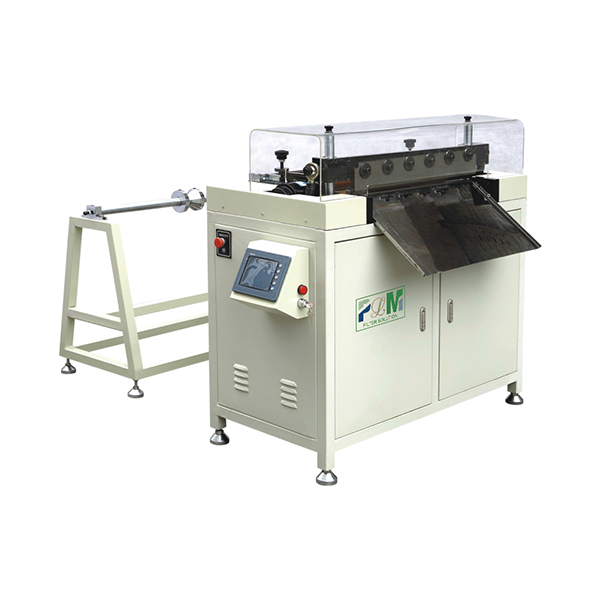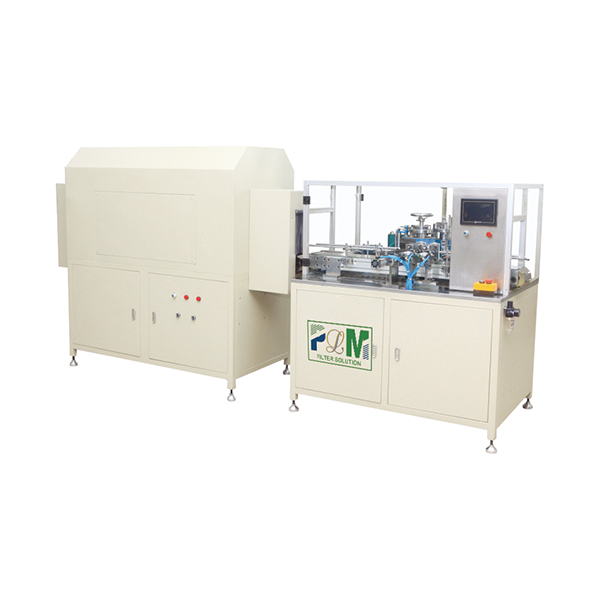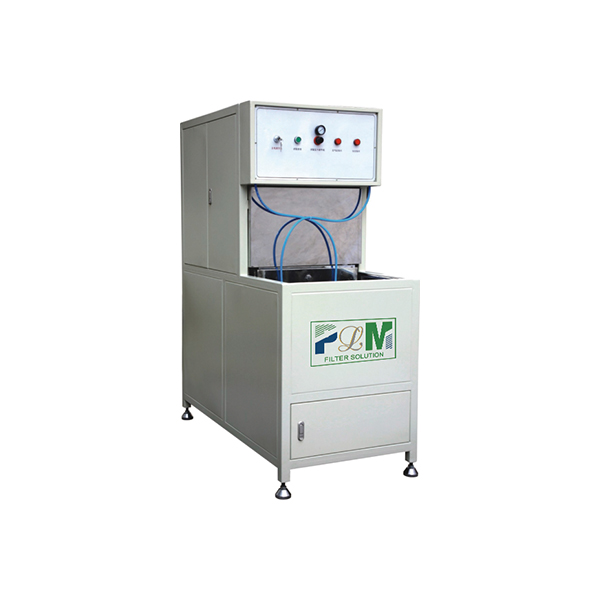Oct . 11, 2025 09:05 Back to list
Active Carbon Air Filter for Air Purifier | Odor & VOC
Inside the market for activated carbon filters: what matters, what’s hype, and how we build them
If you’ve been shopping for an active carbon air filter for air purifier, you’ve probably noticed the specs all start to blur: iodine numbers, CTC %, VOC removal rates—lots of numbers, not much context. I spend a good chunk of my week in Hebei province visiting lines that cut and assemble carbon-loaded media (yes, real factory floors), and I’ll break down what actually matters, with a few behind-the-scenes notes from our own production toolkit.

Industry trend, briefly
Demand is shifting from generic deodorizing pads to engineered, testable VOC filters. Buyers now ask for ISO 10121 gas-phase data, not just perfume-masked “fresh air.” Urban condos, rideshare fleets, and gaming rooms (surprisingly) drive volume. Also: a clear tilt toward coconut-shell carbon for higher microporosity.
What defines a good carbon filter
- Adsorption capacity: high iodine number (≈900–1100 mg/g) and decent CTC (≈50–70%).
- Airflow vs. removal efficiency: low pressure drop, stable VOC capture under real humidity.
- Repeatable media cuts and uniform loading—sounds boring, but it’s decisive.
Typical product specs (for active carbon air filter for air purifier)
| Base carbon | Coconut-shell activated carbon, iodine ≈ 1000 mg/g |
| Media build | Carbon-loaded nonwoven (PP/PET) or honeycomb panel |
| Carbon loading | ≈ 120–300 g/m² (real-world use may vary) |
| Pressure drop | ≈ 40–120 Pa @ 0.5 m/s |
| VOC removal | Toluene initial efficiency 80–95% (ISO 10121-2 setup) |
| Formaldehyde | Reduction rate 70–90% in 60 min (GB/T 18801 protocol) |
| Service life | 6–12 months depending on VOC load/humidity |
How we make them (process flow)
- Materials: coconut carbon, binder, PP/PET nonwoven, optional prefilter scrim.
- Methods: mixing and uniform carbon impregnation; thermal setting; lamination.
- Precision cutting: slitting into pieces with PLHK-50 line—tight tolerances help airflow. Origin: East of Anping County, Hengshui City, Hebei, China 053600. Description note: PLHK-50 Cabin Filter Non-woven Piece Slitting Machine 65.
- Assembly: frames (ABS/PP/cardboard), gasketing, lot coding.
- Testing: VOC challenge per ISO 10121-2; particulate pairing per ISO 16890; safety/odor checks.
Certifications and test standards
We reference ISO 10121-2 for gas-phase filters, ISO 16890 for particle pairing in combo filters, GB/T 18801 for air cleaner performance in China, and AHAM AC-1/AC-5 where North American buyers insist. Materials are typically RoHS/REACH compliant; UL flammability and IEC 60335 safety considerations apply at device level.
Vendor snapshot (real-world differences)
| Vendor | Lead time | Carbon source | Unit price (≈) | Certs/Tests |
|---|---|---|---|---|
| Import brand | 6–10 weeks | Coconut + blends | $15–25 | AHAM, ISO reports |
| ODM (generic) | 2–4 weeks | Mixed quality | $6–10 | Basic in-house tests |
| Hebei line (ours) | 3–5 weeks | Coconut-shell, high iodine | $9–16 | ISO 10121/16890 data, RoHS/REACH |
Applications and customization
- Home/office purifiers: formaldehyde and toluene reduction in new renovations.
- Automotive cabins: smoke and NOx co-adsorption with blended sorbents.
- Hospitality and gaming halls: odor control with high-mass honeycomb panels.
Custom sizes, carbon loading, and dual-layer combos (ePM1 + carbon) are routine. Thanks to our slitting setup, we keep width tolerance around ±0.3 mm—tiny detail, big impact on leakage. Many customers say airflow noise dropped after switching to tighter frames around their active carbon air filter for air purifier.
Field notes (quick cases)
- Renovated clinic: formaldehyde cut by 78% in 2 hours; filters lasted ~9 months in 50% RH.
- Rideshare fleet: odor complaints fell 60% after swapping to higher carbon loading media.
To be honest, the best filter is the one matched to your VOC profile and fan curve. If in doubt, ask for ISO 10121-2 breakthrough curves and pressure-drop data—not just a glossy “deodorizes air” claim. That’s how you pick a truly solid active carbon air filter for air purifier.
Authoritative citations
- ISO 10121-2: Gas-phase air cleaning media and devices—Test method for clean air applications: High challenge. https://www.iso.org/standard/57957.html
- ISO 16890: Air filters for general ventilation. https://www.iso.org/standard/57861.html
- GB/T 18801-2022: Air cleaner—Performance. http://openstd.samr.gov.cn
- AHAM AC-1 and AC-5 standards (CADR and formaldehyde). https://www.aham.org
- U.S. EPA Indoor Air Quality—VOCs. https://www.epa.gov/indoor-air-quality-iaq/volatile-organic-compounds-impact-indoor-air-quality
Comprehensive Guide to Filter Caps: Applications, Benefits & Future Trends
NewsNov.24,2025Filter Paper: Essential Guide for Industry and Global Applications
NewsNov.23,2025Essential Guide to Filter Materials: Types, Applications, and Future Trends
NewsNov.22,2025Efficient Long Pulse Dust Collector Pleated Filters for Superior Industrial Air Quality
NewsNov.22,2025Professional Air Filter Making Machine – Efficient Air Filtration Production Solutions
NewsNov.21,2025PLAB-6 A/B Glue System-Hebei Filter Man|Precision&Adjustable Speed
NewsNov.21,2025






